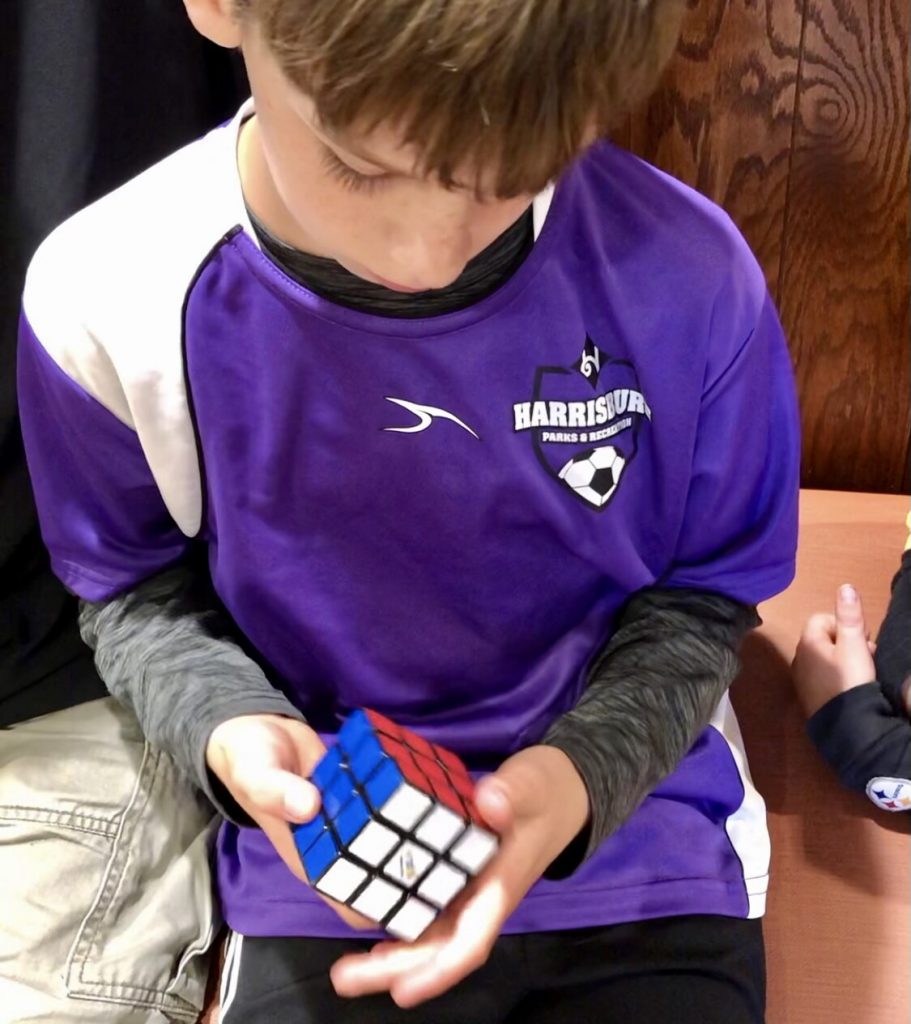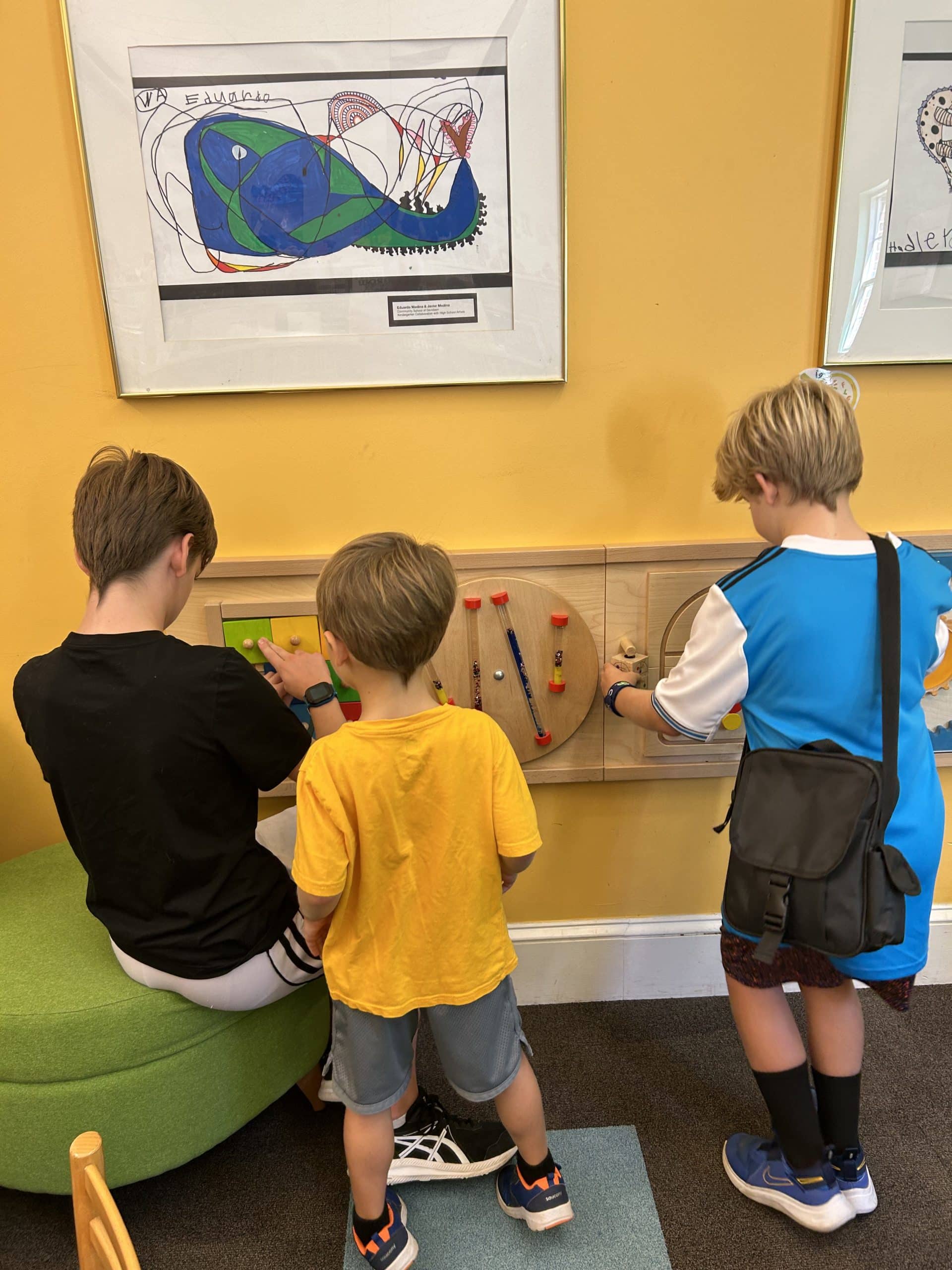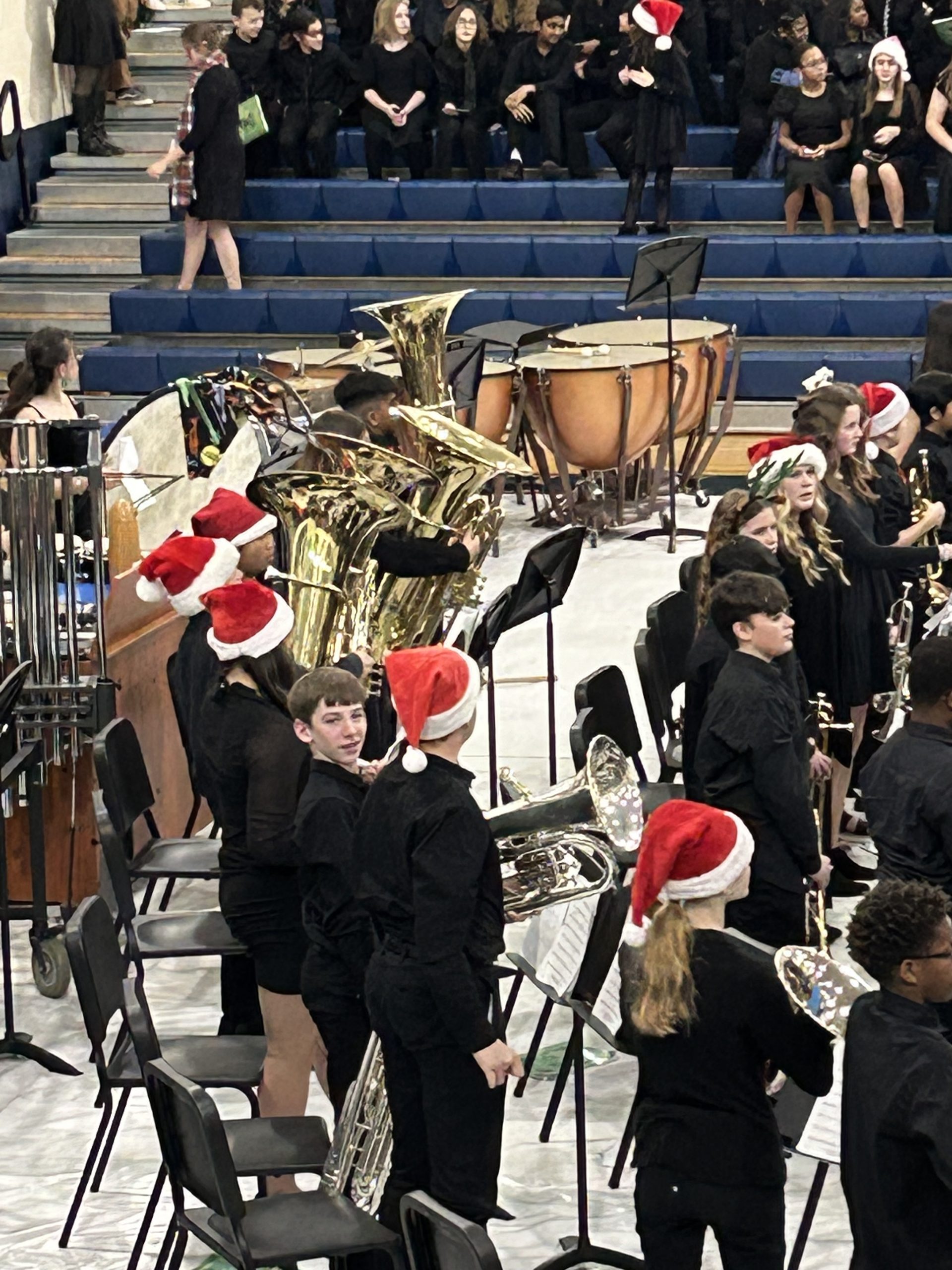Neurotypical or NT is a new term. It describes students of typical development, intellect, and cognitive skill abilities. However, the term has no absolute medical or psychological meaning. Also, it does not describe any particular ability. Additionally, it does not describe a trait or personality. NT is the opposite of neurodivergent. Simply put, neurodivergent is a range of differences the brain functions as somewhat a normal variation as typical.
Some resources say neurotypical students are students that do not have an autistic diagnosis. This stems from the opposite of the term neurodivergent from an autistic medical diagnosis. On the other hand, some say typical is a student who thinks, perceives, and acts ordinarily. Otherwise, the student has no diagnosis of a disability of any kind.
Neurotypical vs. Neurodivergent
Neurodivergent students have a variety of conditions that refer to cognitive abilities. Whereas, neurotypical people display common behaviors.
- -Typical students can use different voice volumes as they speak. Neurodivergent students do not share the various voice modes.
- -Neurotypical students maintain eye contact.
- -Also, the students have good communication skills. Neurodivergent students have communication difficulties.
- -Typical students can make friends easily. Divergent students do not.
- -Neurodivegen students get overloaded with overstimulation. However, too much stimulation can cause an overload in any student.
The Best of Both Worlds
It is proclaimed that some students have a brain that is both neurotypical and neurodivergent. Additionally, some believe there is no such thing as typical or normal. This is true especially when it comes to human behavior. Many students feel awkward in various situations even without a diagnosis. They may also find certain conversations awkward. Therefore, they are stuck between typical and somewhere on the autistic spectrum.
People perceive and understand what happens around them differently. The term typical varies by culture. The view of neurodivergent and neurotypical is part of a large continuum. Many students have a mixture of autistic or neurodivergent and neurotypical traits. Thus, they have many ways of thinking and processing information.




